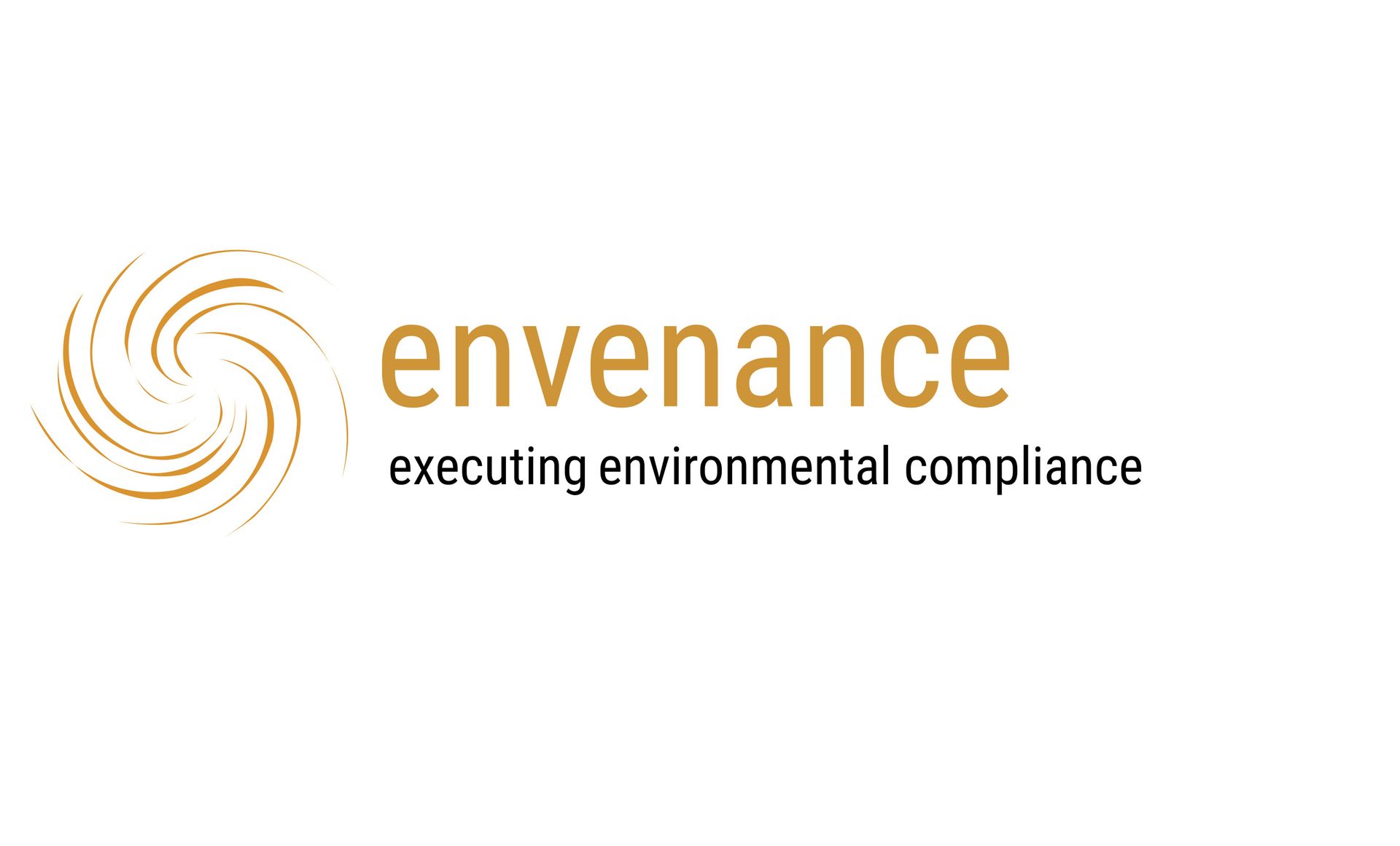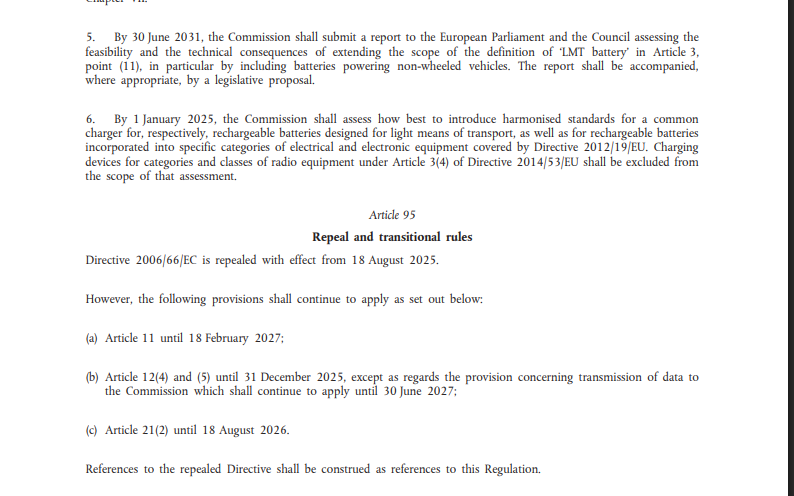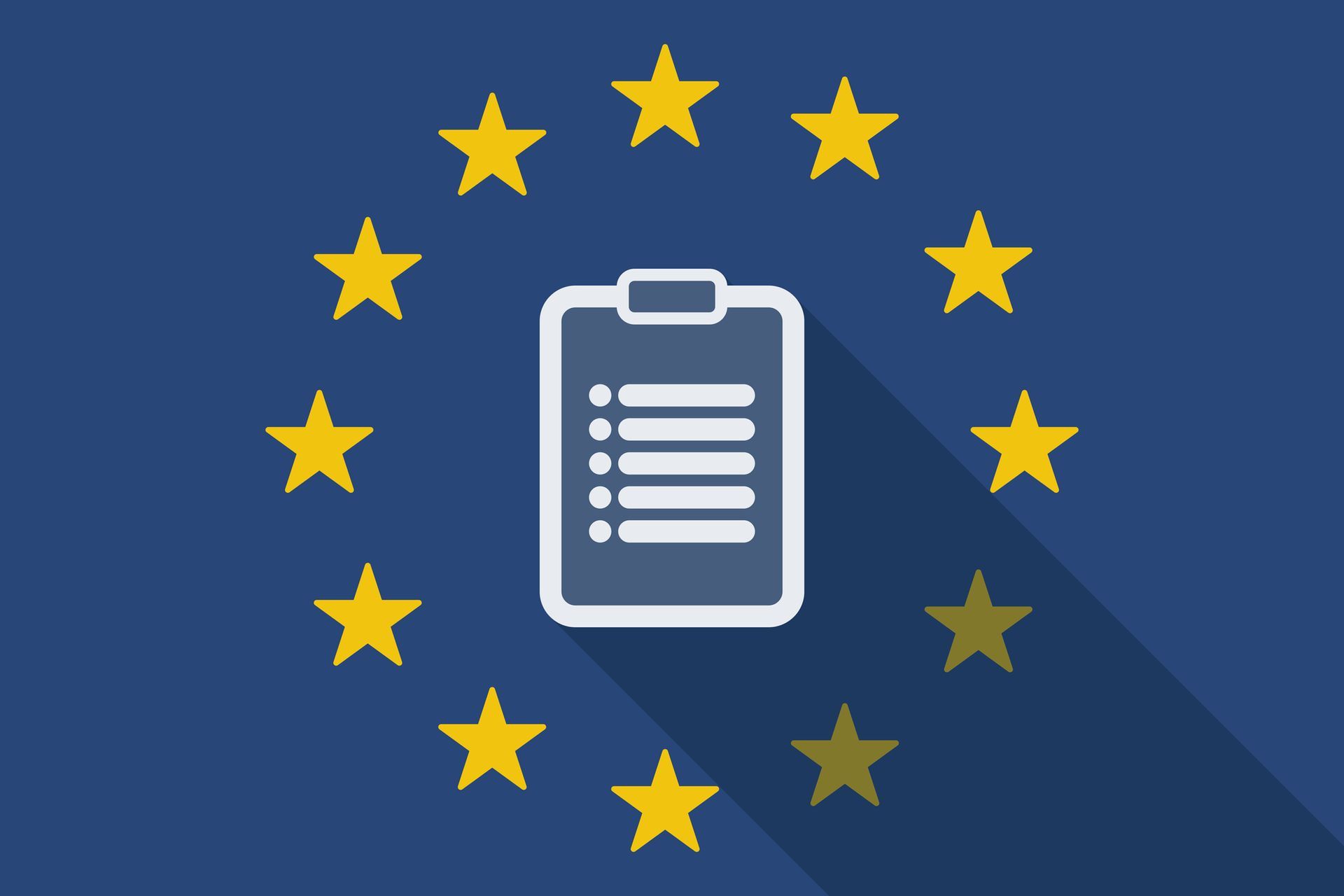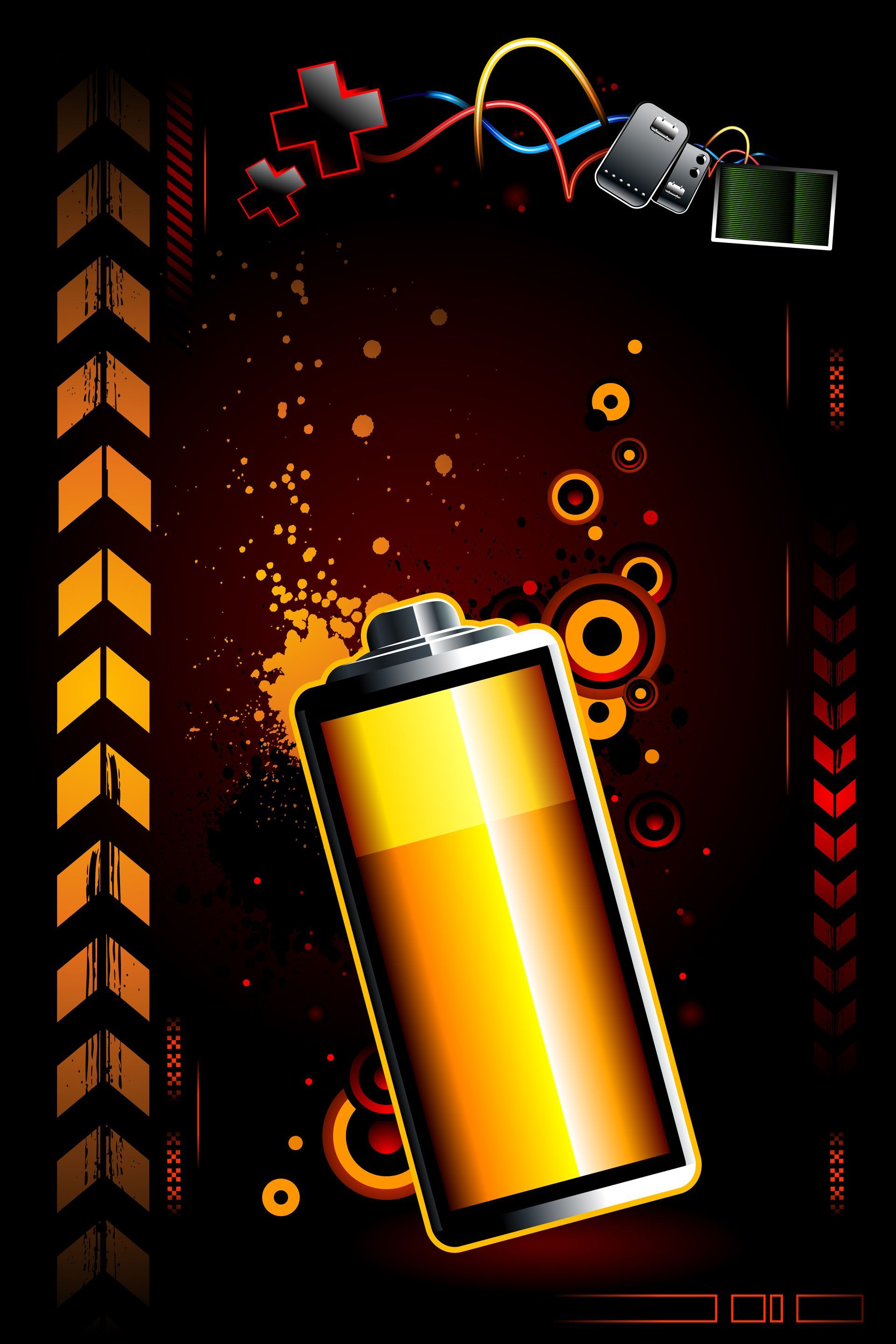Bravo Triman! – Three Years of Sorting Instructions in France
envenance on compliance.
The French collection scheme Citeo has reviewed the impact of three years of Triman labelling. Since its introduction in 2022, the symbol has become an integral part of everyday life in France – whether you buy an electronic device at FNAC or grab a croissant in a paper bag from the local bakery, the Triman logo is omnipresent. But what has it actually achieved? And what role could it play in shaping Europe’s circular economy?
EU Criticism vs. French Reality
Despite justified opposition from the European Commission, which regards the Triman scheme as a barrier to intra-community trade and has launched an infringement procedure (see envenance blog), the label is firmly established in France:
- 90% of French citizens recognize the logo and associate it with trust.
- Its omnipresence reflects not only consumer acceptance but also broad industry adoption.
Tangible Effects on Recycling and Consumer Behavior
According to Citeo, the Triman scheme has produced measurable improvements in recycling practices:
- 67% packaging recycling rate overall.
- +11% increase in recycling awareness: 9 out of 10 citizens now separate packaging waste, and 68% believe that not separating waste is socially frowned upon.
- –9% drop in consumer doubts about how to separate everyday packaging like yoghurt cups or dental care products.
- +37% increase in recycling volumes per capita between 2017 and 2023.
- –26% decrease in packaging waste ending up in household residual waste.
- Recycling levels today reach 25.1 kg per capita per year.
In short: the label works – making recycling visible, understandable, and binding.
Context of the European Green Deal
The EU’s Green Deal aims for a circular economy and a climate-neutral continent by 2050. One of its core elements is consumer education since an early sorting of packaging materials significantly improves the quality of recycling outputs. Here, the Triman scheme demonstrates tangible success. France’s integrated approach across market sectors (via the AGEC legislation) shows how communication can drive change.
Still, with growing obligations, consumer doubts are rising. Some question whether their efforts genuinely lead to more recycling. These doubts are indeed justified with regard to the recycling infrastructure, and not only in France. Germany, too, achieves its overall recovery rate of 97.1% for packaging waste by including thermal recovery – which, from the consumer’s perspective, does not count as recycling. However, the lack of available pre-sorted material makes it difficult to establish differentiated recycling structures (one could refer to the hen and egg principle); therefore, separation remains important – and accordingly, even more intensive consumer awareness is required.
A European Perspective – Why Not Triman for All?
The crucial question: Why not adopt the Triman scheme across Europe?
- The upcoming EU Packaging Regulation (2025/40) already mandates harmonized labelling with sorting instructions.
- Triman is well-established in the EU’s second-largest economy.
- Some companies are already applying the Triman logic beyond France.
So why invent a new system when an effective and proven solution already exists?
Conclusion and Outlook
France has demonstrated that with clear symbols, mandatory rules, and consumer education, recycling rates can be measurably improved. But the future remains uncertain: Will the EU continue to oppose the French single-handed approach, or could the Triman logic evolve into a European standard? One thing is clear: to succeed in building a circular economy, European consumers needs more guidance, not less.
👉
Now over to you:
What arguments speak against adopting the Triman scheme at the European level?
Share your thoughts with us!













